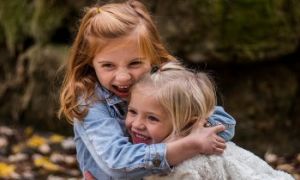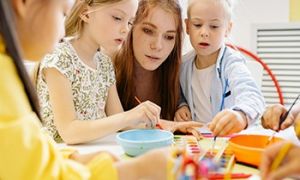Celebrating Diwali with toddlers and preschoolers in early childhood settings is a joyful opportunity to foster cultural awareness, sensory exploration, and inclusive belonging. Here are some developmentally appropriate, emotionally intelligent ideas to celebrate Diwali with toddlers and preschoolers.
Creative Arts & Crafts
- Decorate paper diyas with glitter, sequins, and colored tissue.
- Make Rangoli patterns using colored rice, sand, or flower petals.
- Create Diwali cards with simple greetings and handprints.
Storytelling & Books
- Share picture books like “Let’s Celebrate Diwali” or “Binny’s Diwali” to introduce the festival’s meaning.
- Use puppets or felt boards to retell the story of Rama and Sita in a gentle, age-appropriate way.
Music & Movement
- Play traditional Diwali music and encourage free dance or scarf play.
- Use rhythm instruments to explore beats and patterns inspired by Diwali celebrations.
Food & Sensory Play
- Offer safe, simple tastings of Diwali treats like sweetened puffed rice or coconut ladoos.
- Set up a pretend play kitchen with Diwali-themed ingredients and utensils.
Light & Symbolism
- Explore the concept of light by using flameless candles, fairy lights, or shadow play.
- Talk about Diwali as a celebration of light, kindness, and togetherness.
Dress-Up & Cultural Textiles
- Invite children to wear bright colors or traditional fabrics.
- Display saris, scarves, and embroidered cloths for tactile exploration.
Family Engagement
- Encourage families to share photos, greetings, or stories from their Diwali traditions.
- Create a collaborative Diwali wall with family contributions and child artwork.
Sensory & Fine Motor Play
- Dough Diyas: Use playdough to shape diyas and decorate with beads or sequins.
- Spice Exploration: Set up a sensory tray with cinnamon, cardamom, and cloves for smelling and sorting.
- Glow Table: Use a light table with translucent shapes to explore the theme of light.
Calm & Mindful Moments
- Diwali Breathing: Introduce “sparkle breaths” (deep breaths with hand movements) to mimic fireworks or candle flickers.
- Kindness Jar: Invite children to add pom-poms or stars to a jar each time they show kindness—linking to Diwali’s themes of goodness and light.
Dramatic Play & Role Play
- Diwali Market Stall: Set up a pretend play area with fabrics, sweets, diyas, and jewelry for children to “shop” and “sell.”
- Family Celebration Corner: Include dolls, dress-up clothes, and pretend food for children to act out Diwali traditions.
Learning Through Play
- Colour Sorting: Use Diwali-themed items (e.g., marigolds, saris, candles) for sorting by color or texture.
- Counting Diyas: Create a simple math game where children count and match diyas to number cards.
Inclusive & Trauma-Informed Touches
- Gentle Lighting: Use soft fairy lights or paper lanterns to create a calming atmosphere.
- Emotion Cards: Explore feelings around celebrations—excitement, nervousness, joy—using visual prompts and storytelling.
Further Reading
Diwali Activities For Children
Diwali Information Posters
Diwali Posters
Rangoli Match Cut and Paste
Saree Colour Match
Diwali Craft For Children
Diya Counting


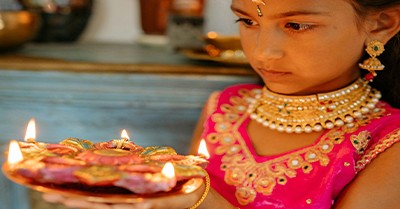




 Open ended questions cannot be responded to with one word answers such as yes or no. These types of questions enables a child to provide
Open ended questions cannot be responded to with one word answers such as yes or no. These types of questions enables a child to provide During your child’s preschool years, an important milestone begins to emerge. This is the development of pre-writing skills. Pre-writing skills are used to encourage, develop
During your child’s preschool years, an important milestone begins to emerge. This is the development of pre-writing skills. Pre-writing skills are used to encourage, develop Open ended materials enables children to play freely. They are objects that have no rules to follow, use or function. Raw materials that can be
Open ended materials enables children to play freely. They are objects that have no rules to follow, use or function. Raw materials that can be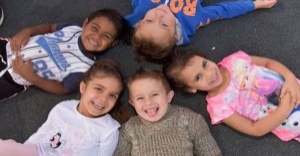 An Acknowledgment of the Country is a way of showing respect for the Traditional Owners and can be given by both non-Indigenous people and Aboriginal
An Acknowledgment of the Country is a way of showing respect for the Traditional Owners and can be given by both non-Indigenous people and Aboriginal Language plays an important role in a child’s development. It enables a child to communicate effectively with their family, learn at school, socialize with friends,
Language plays an important role in a child’s development. It enables a child to communicate effectively with their family, learn at school, socialize with friends,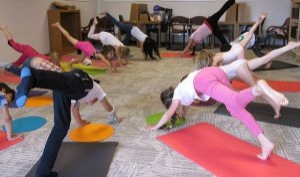 Like adults, children have to deal with their own stress in life. Moving house, starting a new school, preparing for a new sibling - these are
Like adults, children have to deal with their own stress in life. Moving house, starting a new school, preparing for a new sibling - these are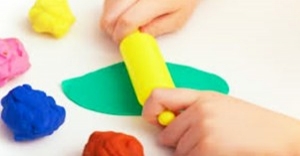 Playdough is such a versatile material. It provides numerous benefits to children as they manipulate it, it is safe and soothing and provides children with
Playdough is such a versatile material. It provides numerous benefits to children as they manipulate it, it is safe and soothing and provides children with Teaching children about sustainability enables them to appreciate and respect the natural environment. Early childhood services can provide meaningful hand on learning experiences in order
Teaching children about sustainability enables them to appreciate and respect the natural environment. Early childhood services can provide meaningful hand on learning experiences in order Recycling is an important concept that teaches children to care for the environment. It encourages children to be responsible and show a growing appreciating for
Recycling is an important concept that teaches children to care for the environment. It encourages children to be responsible and show a growing appreciating for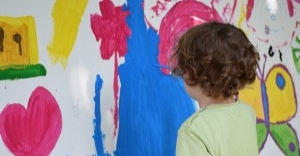 When children apply paint to paper, glue things together, or pound a lump of clay, they experiment with colour, shape design and texture.
When children apply paint to paper, glue things together, or pound a lump of clay, they experiment with colour, shape design and texture.
